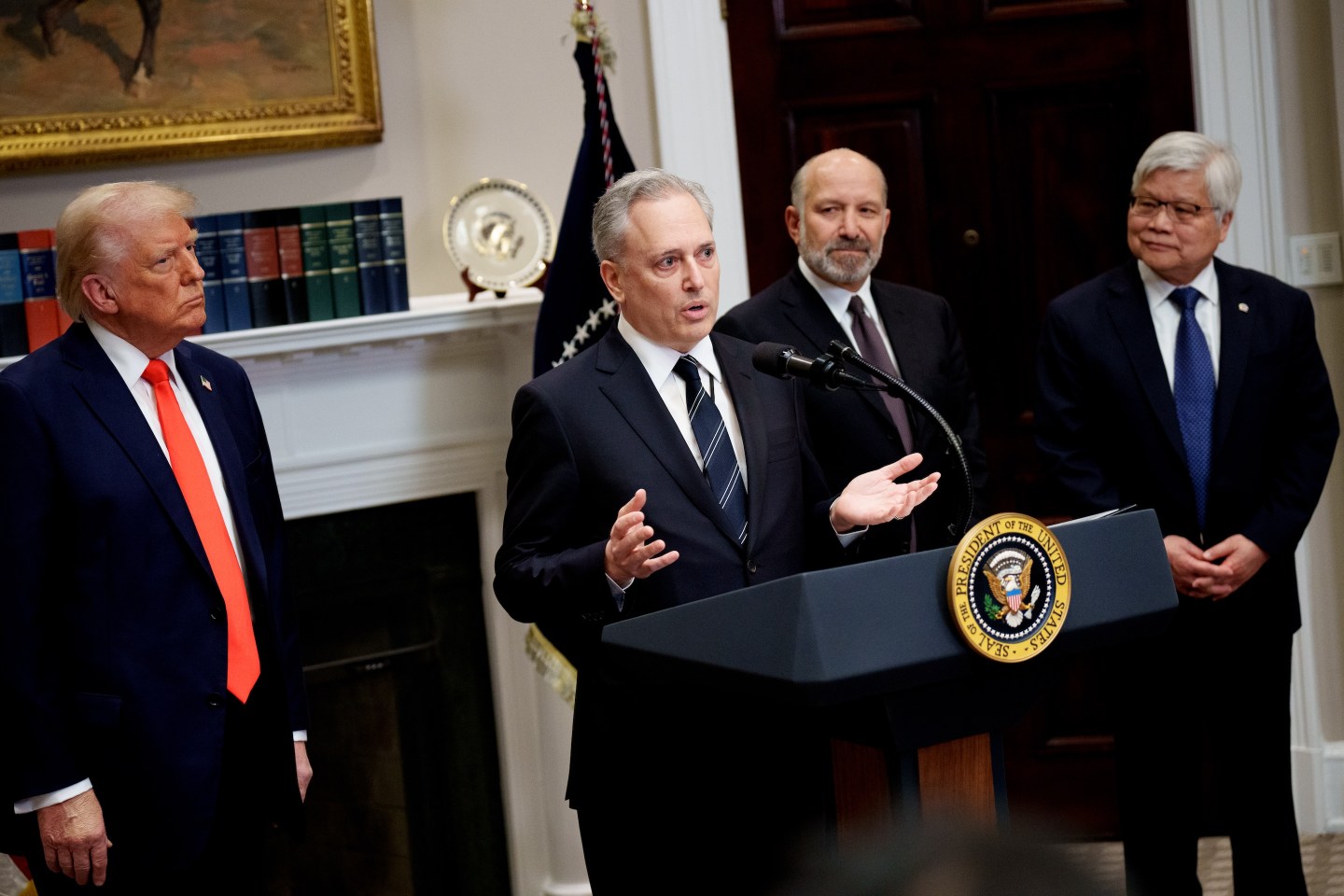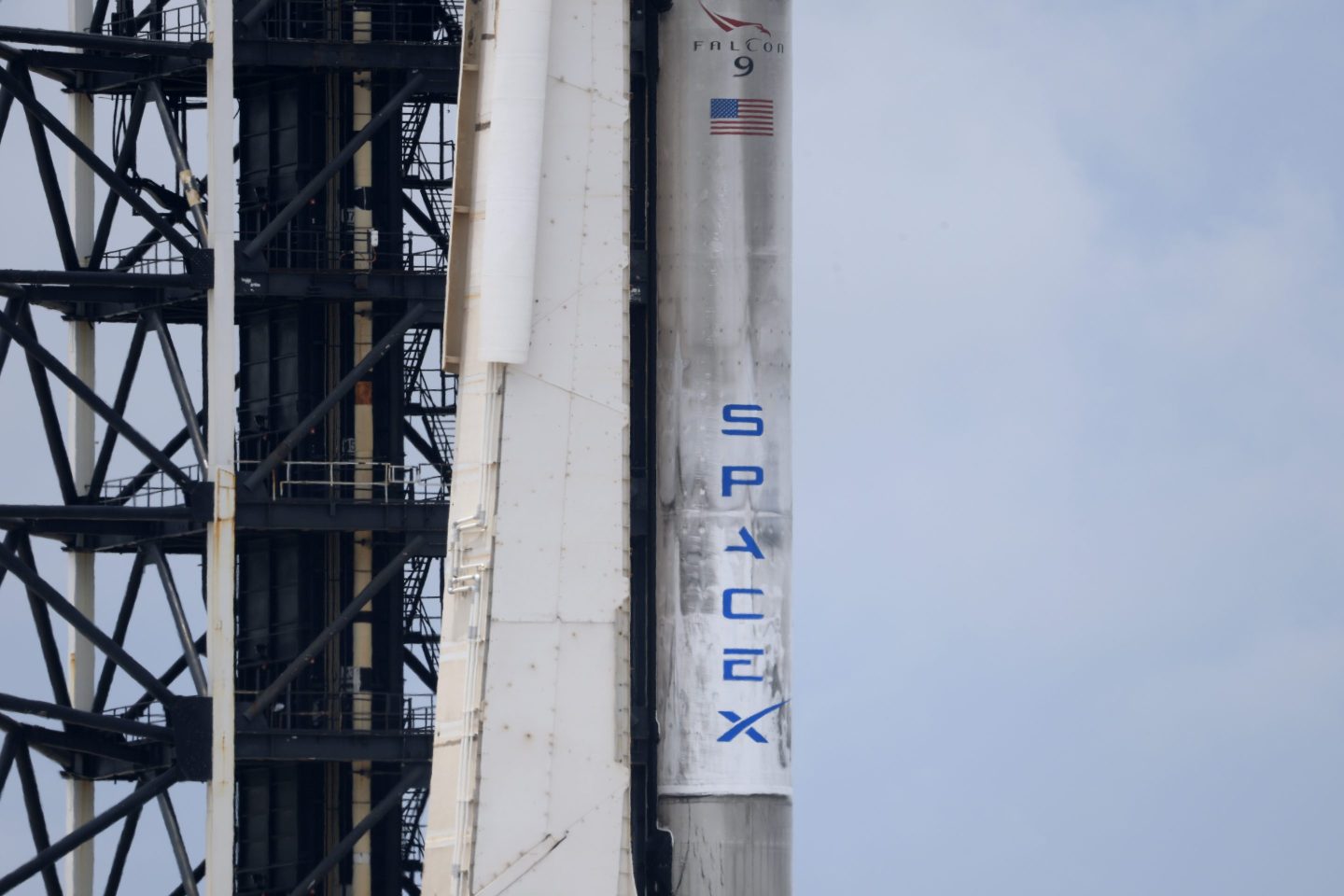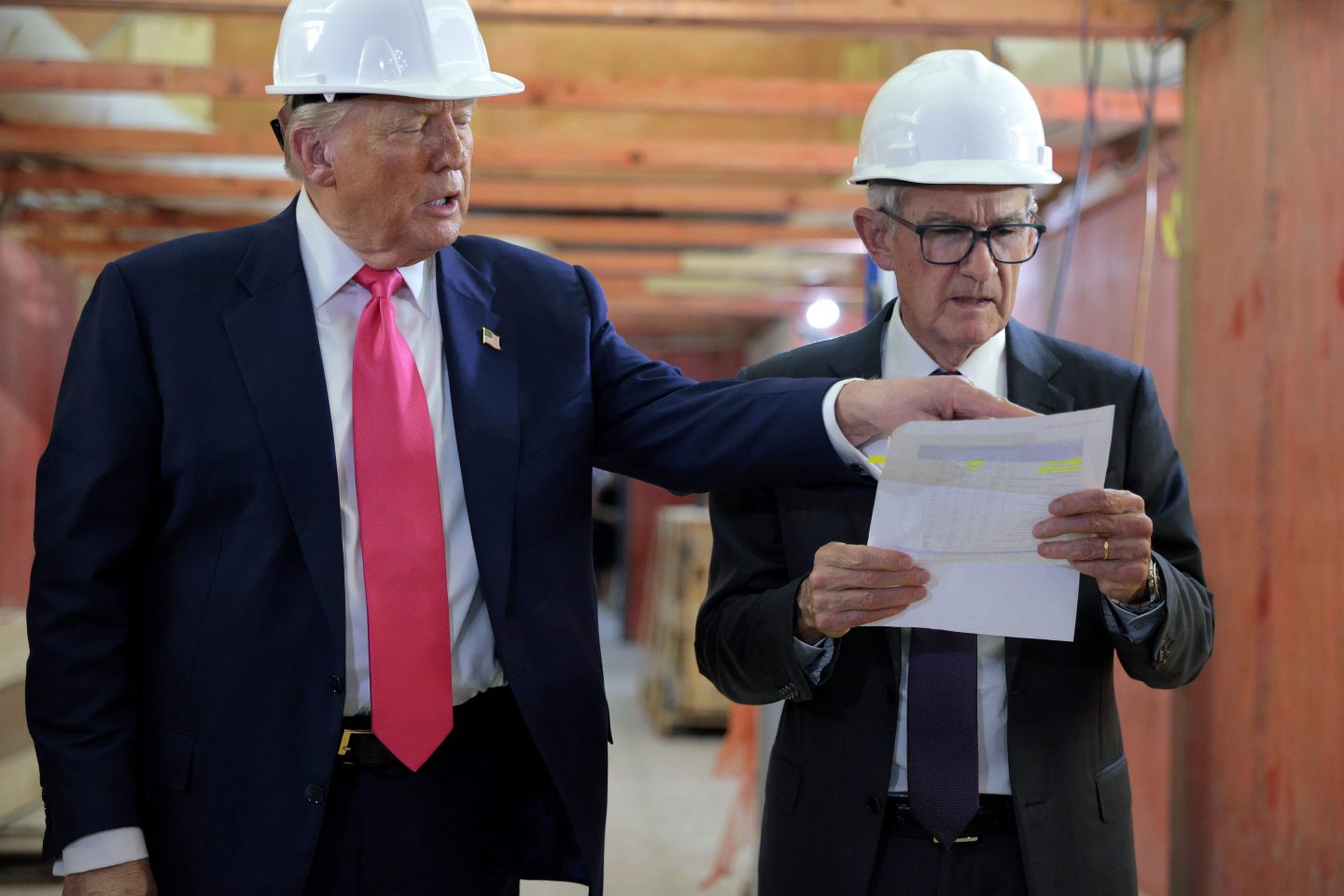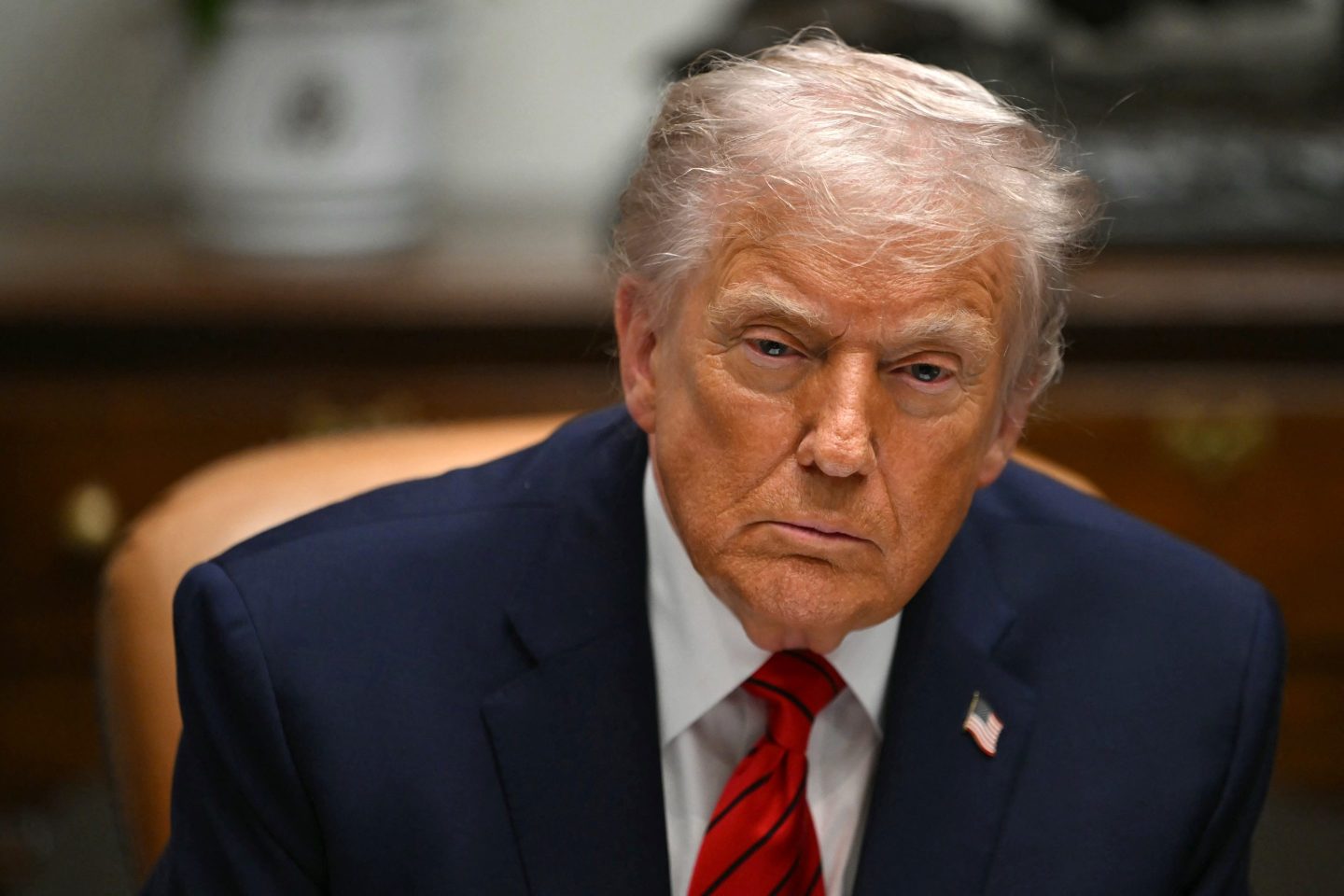For Tesla fans, its record earnings for Q2 signal that the EV-maker’s profitability just reached a new gear and will keep accelerating. In their view, the encouraging numbers released on July 26 strengthen the bull case that what looks like an incredibly rich valuation is really a bargain.
Tesla true believers, however, might note that by one measure incorporating its strong Q2 profits, it remains America’s priciest mega-cap stock by a wide margin. Even if its second quarter results mark a new, far-higher starting point, to justify its valuation Tesla’s profits would need to reach levels by mid-2028 that only a few tech titans, let alone a car company, have ever achieved. The odds Tesla can race at those super-swift speeds are long.
Tesla’s valuation versus other mega-caps
For Q2, Tesla broke the billion barrier, posting GAAP net income of $1.142 billion, more than triple the average for the previous four quarters. Let’s assume that Tesla’s hit a “new normal,” so that its profits are now running at the Q2 pace, or $4.6 billion a year. Where does that put its price-to-earnings multiple on the spectrum from ultra-low to super-elevated in the S&P 500?
At Tesla’s market cap of $633 billion on July 26, the day of its Q2 announcement, its PE stood at 139, based on our benchmark of $4.6 billion in annual earnings. (By the way, that’s vastly cheaper than using the more traditional denominator of actual profits over the trailing four quarters. By that metric, Tesla’s PE is 333.) For comparison, Fortune calculated a profit number––what we’ll call our “adjusted PE”––for all S&P 500 companies using the metric applied to Tesla: projecting that they repeat earnings in the most recent quarter for the following three quarters.
Of the 52 companies whose valuations exceed $150 billion, only one had a “adjusted” PE higher than Tesla’s 139, and it was the antithesis of a go-go sensation like Elon Musk’s speedster. NextEra Energy ($151 billion), America’s largest electric utility, recorded a PE of 147. The reason: An almost 80% fall in earnings owing to a change in accounting standards and costs in de-commissioning a nuclear plant. Clearly, NextEra posted a giant multiple not because it is richly valued like Tesla, but due to a a big one-time hit.
Besides NextEra, only one company of the 86 with a market caps of over $100 billion had a higher “adjusted” PE than Tesla’s. ServiceNow ($115 billion) is a provider of cloud computing platforms that help companies manage their digital workflows. Though its GAAP quarterly earnings are still extremely slim, investors see great times ahead. They’ve awarded ServiceNow a multiple based on Q2 profits of 352. Excluding NextEra, only a single enterprise besides Tesla valued at over $150 billion had an adjusted PE of over 100. That was Salesforce.com ($147 billion) at 122. As for other high-flyers, Netflix registered 42, Amazon 58, NVIDIA 63, and PayPal 82.
From this new plateau, how fast must Tesla race to reward investors?
Tesla needs to build on a market cap that’s four-and-a-half times the size Salesforce’s valuation, and dwarfs ServiceNow’s almost six-to-one. Investors are counting on those shooting stars to deliver gigantic earnings growth going forward. They’re expecting a similarly rapid ascent from Tesla. The difference is that to enrich shareholders, Tesla would need to achieve an absolute number so gigantic it looks virtually impossible.
Let’s assume that as the riskiest of risky plays, Tesla will need to deliver annual returns of at least 10% over the next seven years. We’ll also assume it doesn’t pay dividends, so that all the bounty will come in capital gains. Getting there would require doubling its market cap from today’s $633 billion to $1.266 trillion, two thirds today’s valuation for Amazon and Alphabet. At a lofty PE of 25, Tesla would need to achieve net profits of $51 billion a year. Getting from our $4.6 billion to $51 billion would demand profit growth of 41% a year. Today, the only U.S. companies earning in the $50 billion range and over are Apple, Microsoft, Alphabet, Berkshire Hathaway, and JPMorgan Chase.
It’s worth noting that Tesla’s Q1 earnings were inflated by $354 million in sales of environmental credits to rival automakers, a category that will decline rapidly going forward, as well as an unusually low corporate tax rate. A more accurate measure of repeatable profits might be $800 million, 30% below the official number. Tesla’s free cash flow is also lower than its reported earnings at an annualized $2.48 billion.
Tesla remains the megacap where investors pay more for every dollar in current earnings than any other, in almost all cases a lot more. Tesla’s an Olympic-quality performer. But Wall Street’s set a bar too high for this great athlete to clear.
Subscribe to Fortune Daily to get essential business stories straight to your inbox each morning.












